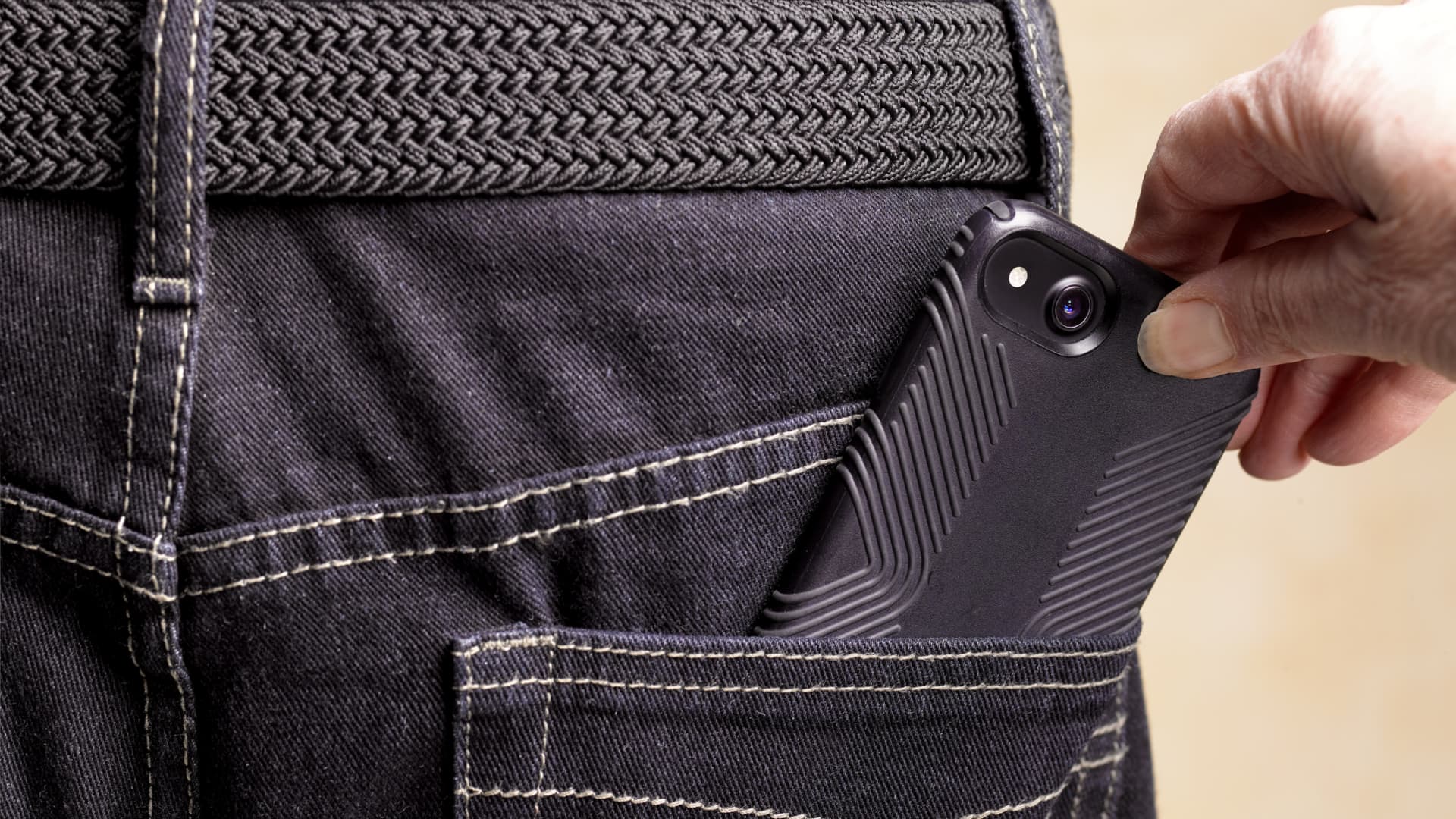Having your phone stolen can be frustrating enough without the thief also hacking into your apps and draining your bank accounts.
While you may still lose your phone or have it stolen, a new iPhone feature aims to protect you from further troubles. Apple’s newly released Stolen Device Protection makes it more difficult for an unauthorized user to access and change sensitive information like your passwords or Face ID.
The feature — available with the iOS 17.3 software update — was announced late last year after a Wall Street Journal investigation revealed how thieves were taking advantage of iPhone users fairly simply. The update rolled out to users on Monday.
Previously, scammers could obtain an iPhone user’s passcode or already-unlocked phone and turn off existing theft protections like Activation Lock and Lost Mode. Thieves were further able to use your existing passcode or update the Face ID to their own in order to take control of your phone, potentially including your banking and payment apps.
Here’s how Stolen Device Protection aims to prevent that, and how you can activate it on your phone.
Keep your phone close and sensitive information closer
When you turn on the Stolen Device Protection feature, it adds additional security layers when your phone is in an unfamiliar location. That means some actions, such as accessing your stored passwords and payment information, will require Face ID or Touch ID, rather than allowing you access with just a passcode.
Other actions, such as changing your Apple ID password, will have a security delay feature that asks the user to re-verify the change with Face ID or Touch ID an hour after the initial change request.
The idea here is that a thief can’t get you to unlock your phone with your face or fingerprint and then get away, free to continue making security changes and prevent you from remotely securing your phone with features like Lost Mode.
If your phone is in familiar locations like your home or workplace, it won’t…
Read the full article here

Leave a Reply